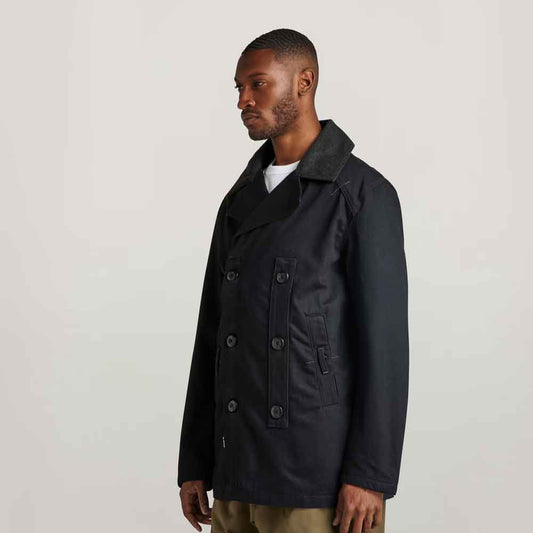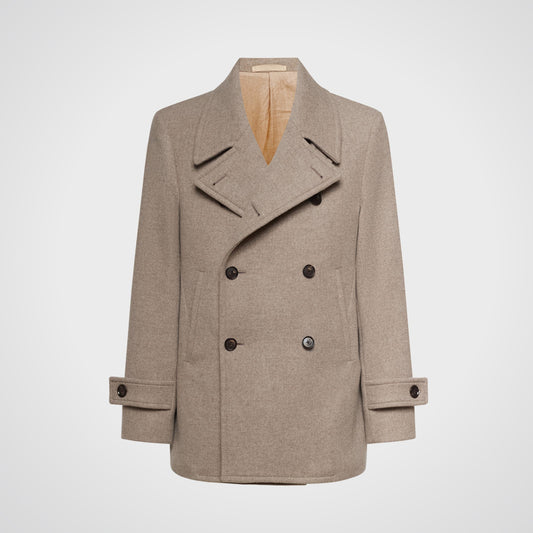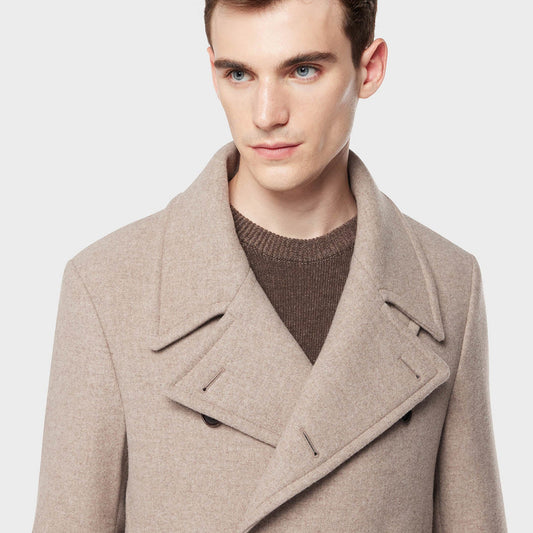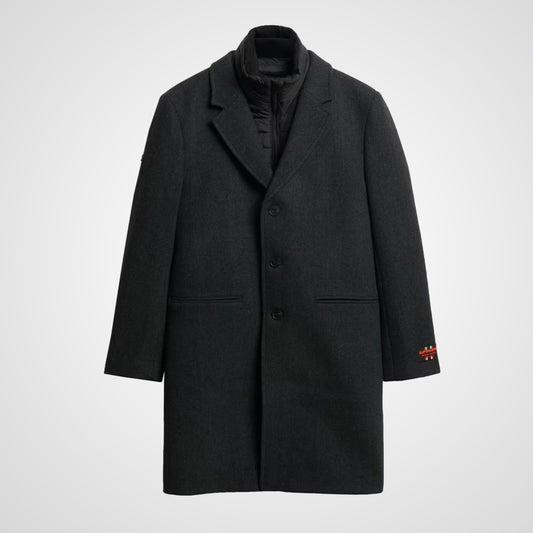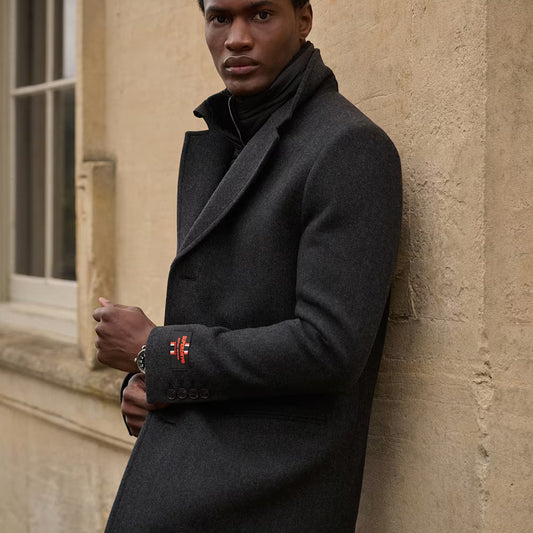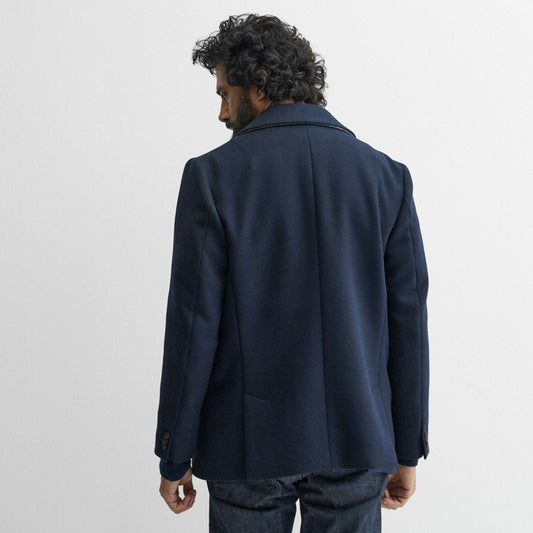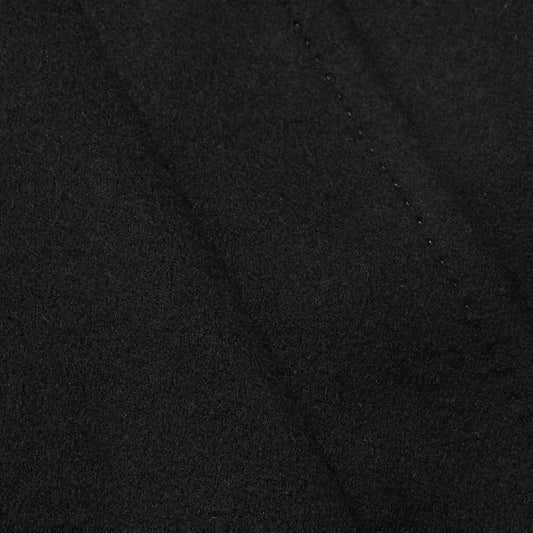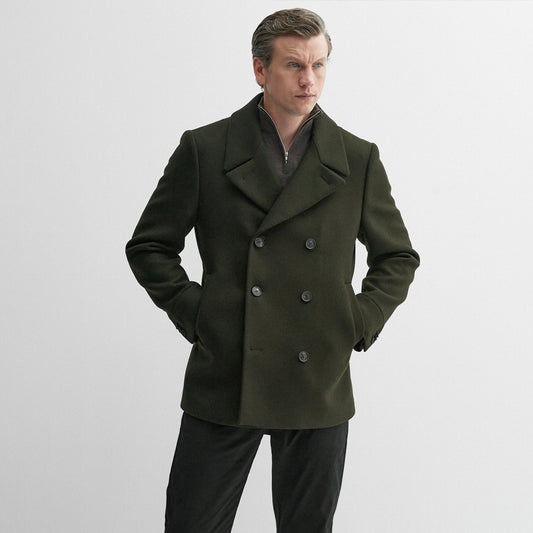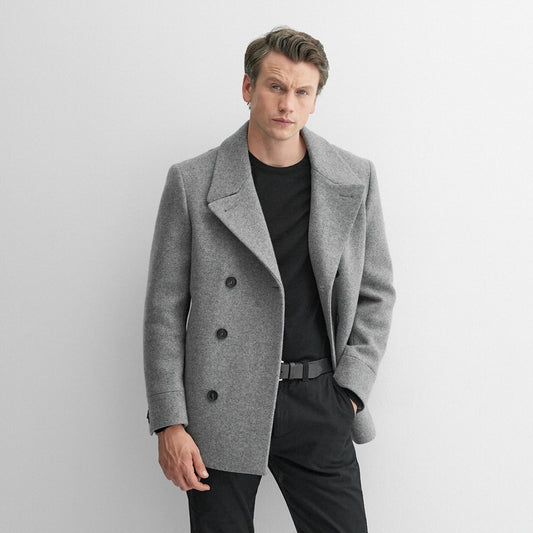-
Pea Coat Men's Black in Denim
Regular price Rs.68,900.00 PKRRegular priceUnit price / per -
Beige Wool Blend Royal Navy Peacoat
Regular price From Rs.80,100.00 PKRRegular priceUnit price / perRs.85,800.00 PKRSale price From Rs.80,100.00 PKRSale -
Black Royal Pea Coat With Attached Puffer Jacket
Regular price Rs.85,800.00 PKRRegular priceUnit price / per -
Navy Blue Royal Pea Coat
Regular price From Rs.74,400.00 PKRRegular priceUnit price / perRs.83,000.00 PKRSale price From Rs.74,400.00 PKRSale -
Men's Camel Brown Royal Navy Premium Wool Peacoat
Regular price From Rs.77,200.00 PKRRegular priceUnit price / perRs.85,800.00 PKRSale price From Rs.77,200.00 PKRSale -
Royal Navy Sailor Wool Peacoat for Men in Black
Regular price From Rs.74,400.00 PKRRegular priceUnit price / perRs.83,300.00 PKRSale price From Rs.74,400.00 PKRSale -
Men's Beige Double Breasted Royal Navy Cotton Pea Coat
Regular price From Rs.68,600.00 PKRRegular priceUnit price / perRs.74,600.00 PKRSale price From Rs.68,600.00 PKRSale -
Olive Green Double Breasted Men's Royal Navy Wool Peacoat
Regular price From Rs.74,400.00 PKRRegular priceUnit price / per -
Grey Double Breasted Men's Wool Navy Peacoat
Regular price From Rs.74,400.00 PKRRegular priceUnit price / per -
Men's Double Breasted Premium Wool Blue Pea Coat
Regular price From Rs.74,400.00 PKRRegular priceUnit price / per
Collection: Peacoat
Peacoat
Elevate your winter wardrobe with Leather Wear's premium collection of men's peacoats—timeless outerwear that blends naval heritage with modern sophistication. Our peacoats are crafted from luxury wool blends, genuine leather accents, and weather-resistant fabrics, offering both warmth and refined style for urban winters.
Why Choose Our Peacoats?
✔ Navy-Inspired Design: Traditional double-breasted fronts with anchor-embossed buttons
✔ All-Season Warmth: Thick wool construction with quilted linings for insulation
✔ Premium Details: Leather-trimmed pockets, storm flaps, and reinforced seams
✔ Versatile Styling: Dress up with a suit or keep it casual with denim and boots
From classic charcoal peacoats to modern leather-trimmed versions, find your perfect winter essential at Leather Wear—where heritage meets contemporary craftsmanship.
- Read More: The UK’s Secret Role in Pea Coat Evolution


